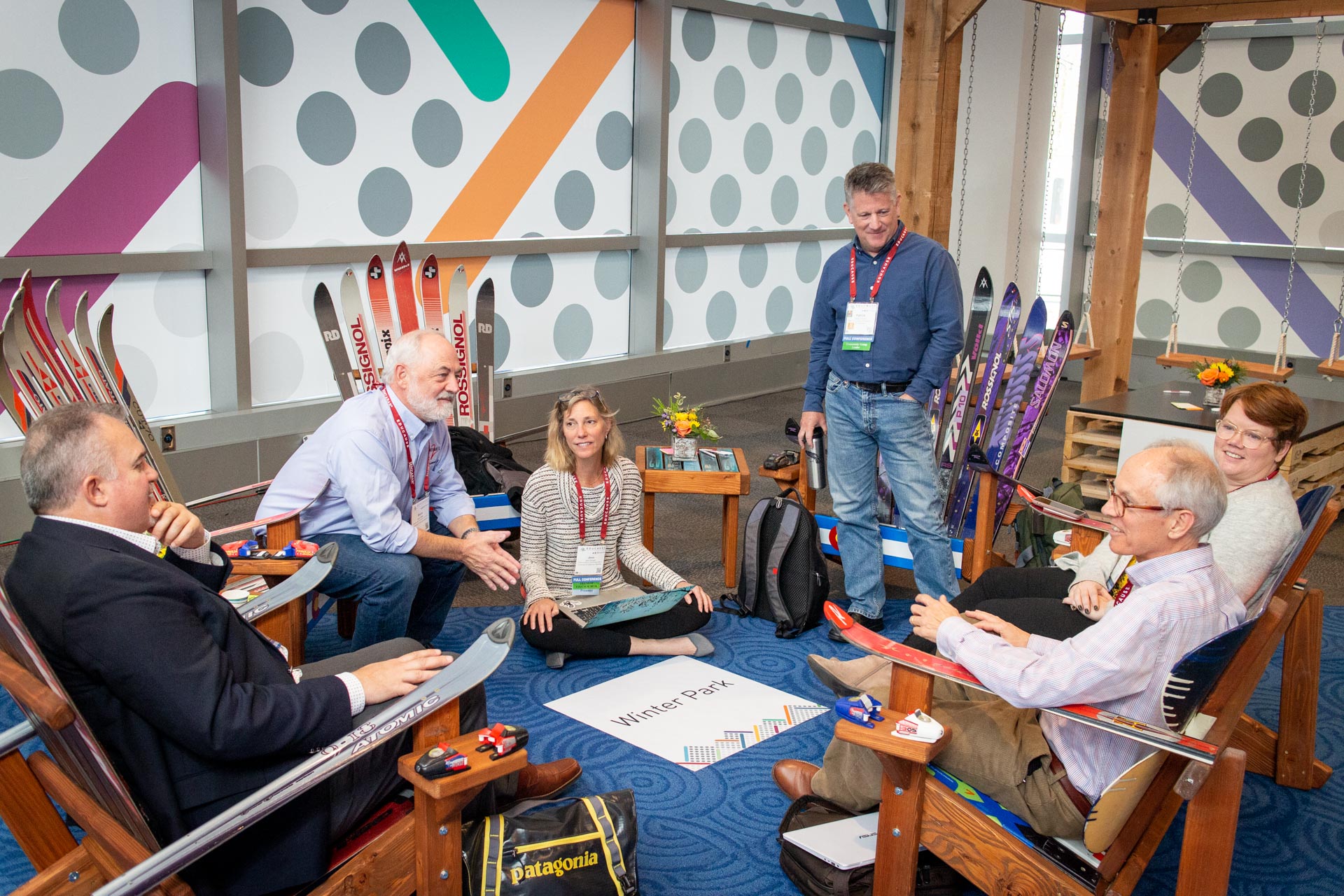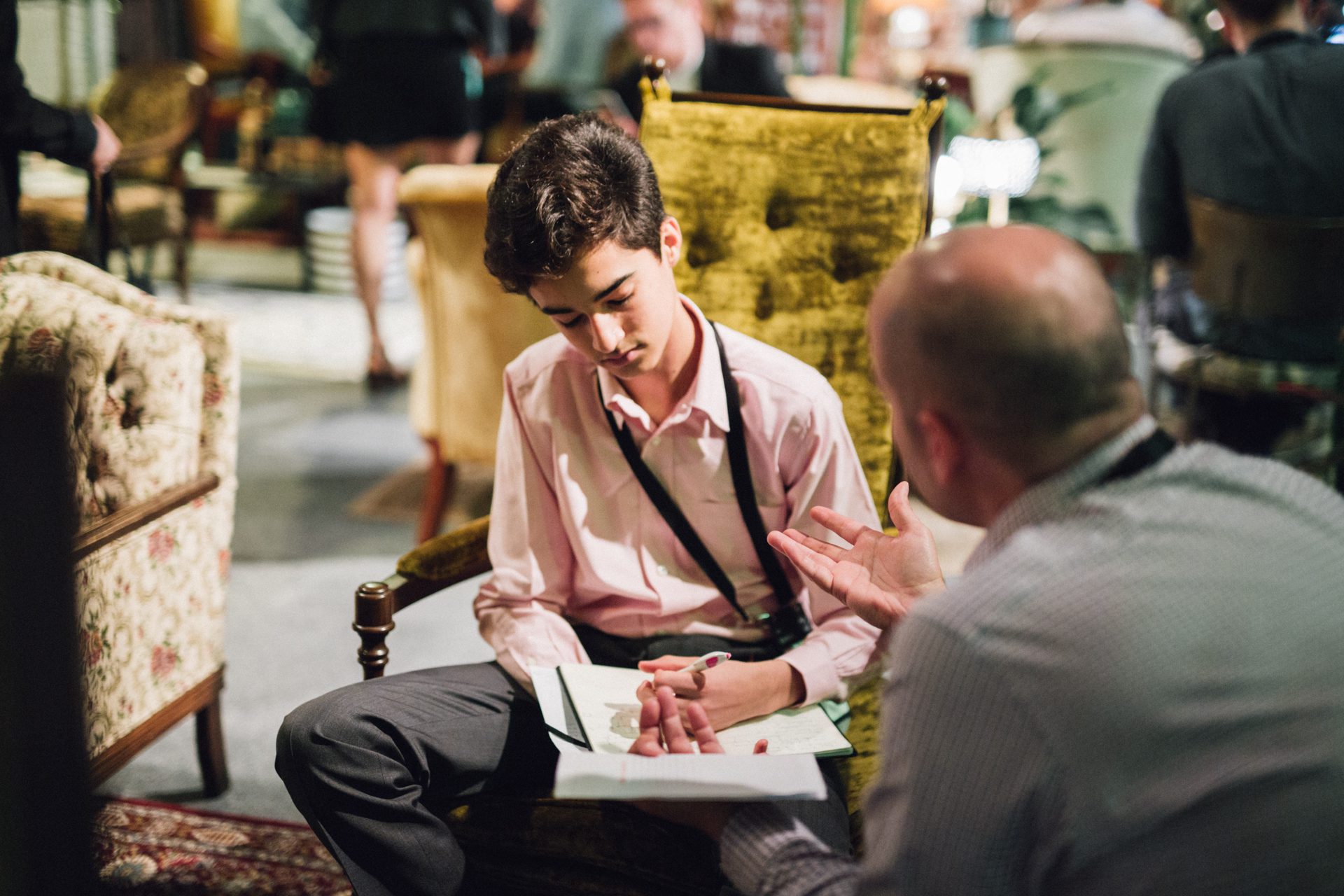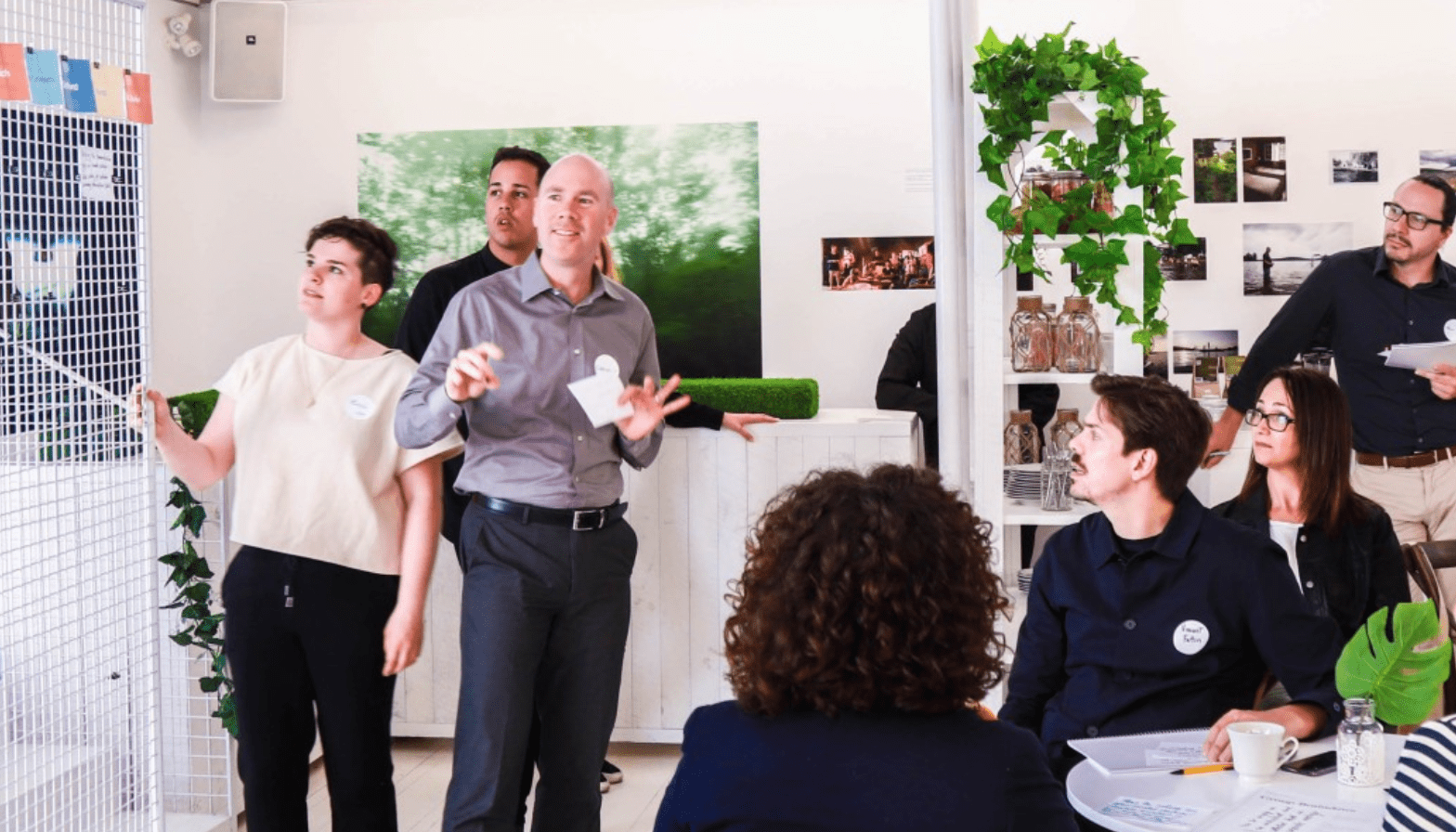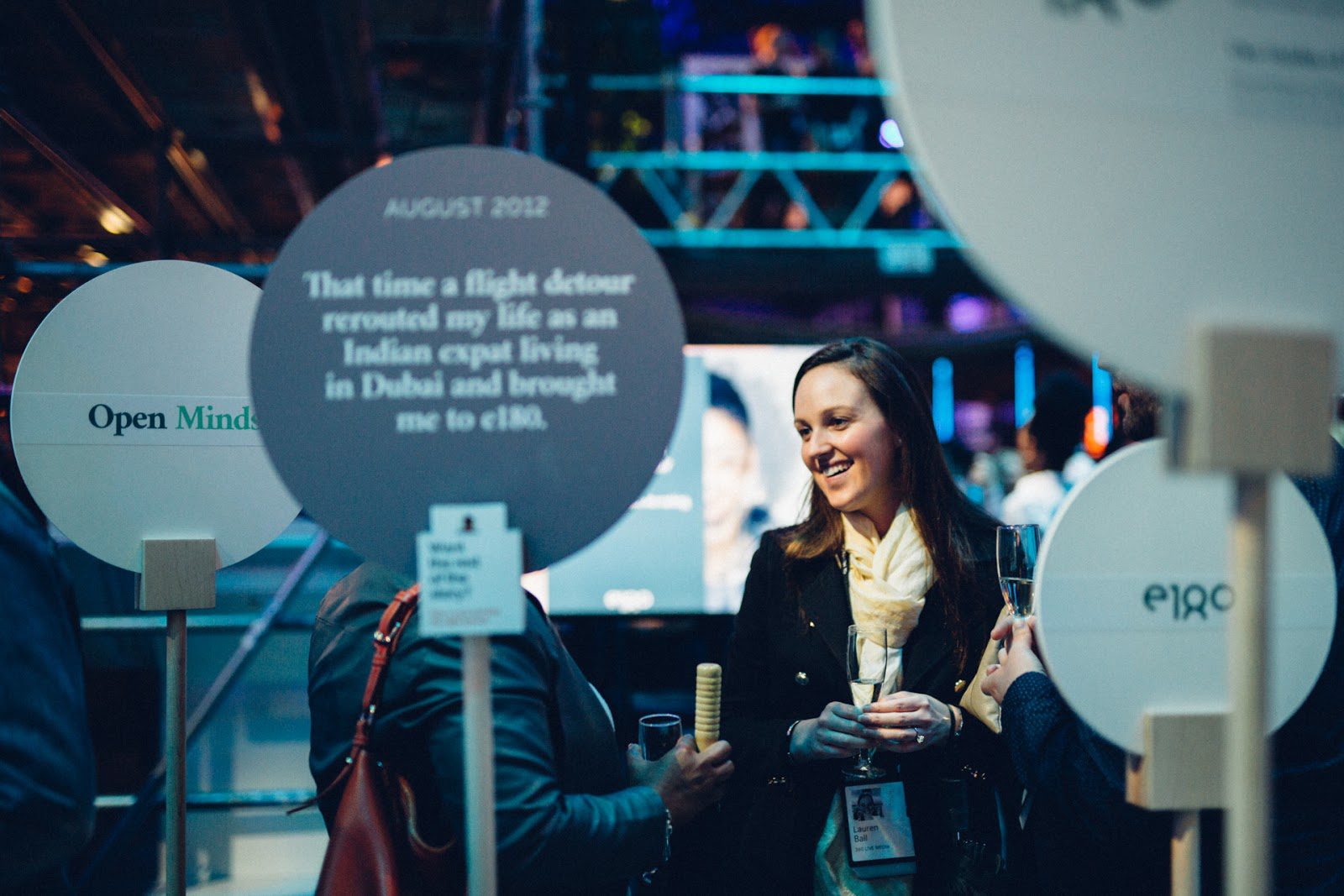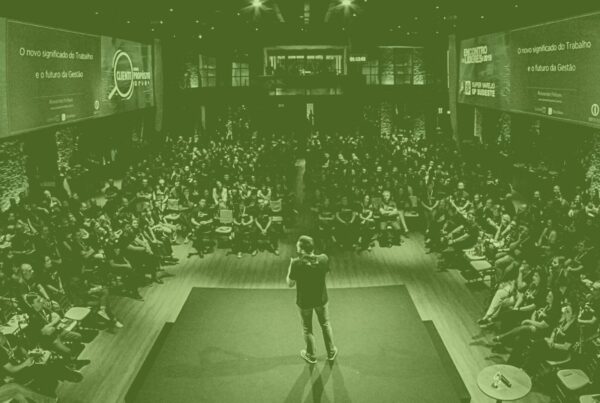We’ve all come across iterations of the classic headline, Networking Tips for People Who Hate Networking, like this article in Business Insider, or this podcast episode on TED’s WorkLife with Adam Grant.
For event industry professionals, networking is of particular importance. After all, it’s one of the main drivers for attendance at events around the world, Still, many participants either don’t love it, or just aren’t very skilled at it.
This is where event profs get creative: the challenge at hand is to build a welcoming environment for connections that actively support all participants—regardless of their comfort level with socializing—in their quest to meet the right people, they’ve invented elaborate networking games, planned for targeted networking sessions, even incorporated technology in the form of matching software or smart badges.
Yet, attendees still walk away feeling frustrated at the lack of quality connections they’ve made at an event.
Since our founding in 2011, e180 has worked with hundreds of event-partners, including Airbnb, Salesforce, C2 Montreal, and TED Women. By bringing Braindate to events around the globe, we have learned a lot about what it takes for people to form real connections with each other, and we’re excited to share some of those learnings here. We’ll begin by saying what we always say to the #EventProfs we work with…
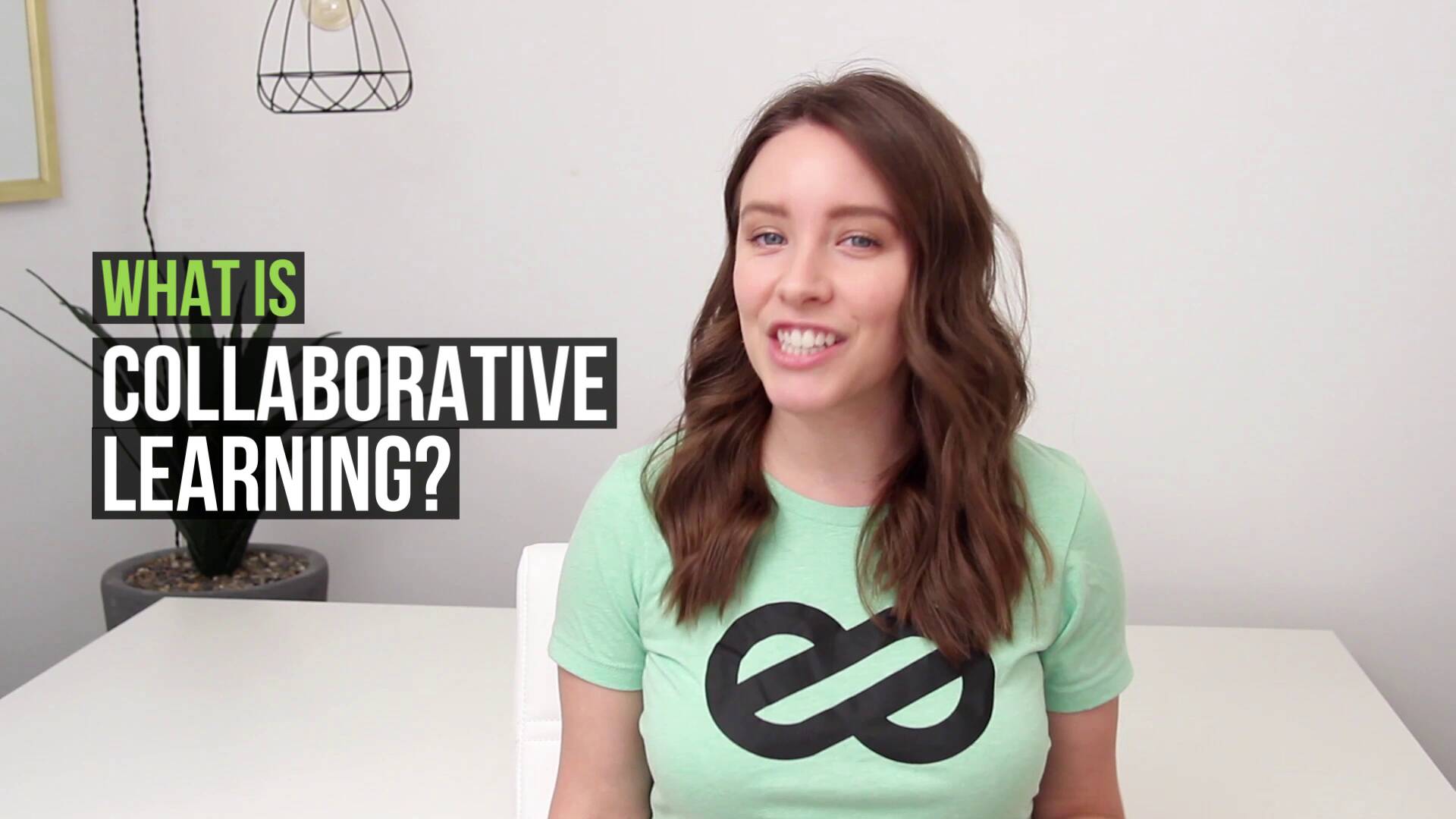
(Traditional) Networking is Dead
In Event Icons episode #138, e180’s co-founder and CEO Christine Renaud asserted that traditional networking was dead—or that it should be. Event networking as most of us know it is often synonymous with the uncomfortable experience of navigating a room full of strangers with the hope of somehow finding a meaningful connection. Our participants deserve better, and as guardians of their experience, we can certainly do better.
We would never leave the content our participants consume up to chance, so why do the same with the connections they could form at our events?
It’s time we go back to the drawing board and understand what our attendees really want when they ask for more networking opportunities. We’re here to suggest a brand new way to think about connection experiences at events: What if instead of networking, event organizers planned for collaborative learning?
Don’t Make Your Participants Choose Between Learning and Networking
The motivations behind networking can range from wanting to grow your network to wanting a new job. Within the context of everyday life, your participants might want to network for a number of reasons that reflect where they are in their professional, or personal life.
What is worth remembering is that the event you’re planning is a break from everyday life. Events are special occasions that present a unique opportunity for professionals all over the world to gather, and learn from each other— whether its across departments, companies, or even disciplines.
Re-imaging Networking Within the Context of Learning
As an organizer, you work hard to supply fantastic content and create ample networking opportunities at your events. What if you could do both at the same time? What if you could re-imagine networking within the context of learning?
In fact, a focus on learning has proven to improve the networking experience by alleviating the ick-factor that’s often associated with it.
In a recent study, scientists Tiziana Casciaro, Francesca Gino and Maryam Kouchaki write that thinking of networking as “an opportunity for discovery and learning makes it feel less like a chore.”
That is, even the most introverted of participants might view networking as a worthwhile activity if they can focus on how it might help them boost the knowledge and skills they need in their jobs. This is why we believe that collaborative learning experiences at events are the best alternative to traditional networking.
We view networking as a side-effect of having a meaningful conversation with someone you share interests with. Over the years, we have discovered time and time again, that collaborative learning is the most powerful way to spark these conversations.
So, What is Collaborative Learning?
Collaborative learning is an educational approach to learning that involves groups of people working together to solve a problem, complete a task, or create a product.
What distinguishes collaborative learning from other approaches to group-work is that each learner is responsible for one another’s learning, as well as their own. Every person in the group is the teacher and the student. They all work towards a common learning goal, regardless of their level of skill or expertise.
That is to say, in a collaborative learning context, what matters is what you know, rather than who you are.
The Benefits of Collaborative Learning
Research shows that collaborative learning:
- helps create a positive social support system for learners.
- helps create communities around common learning goals.
- encourages an atmosphere of cooperation.
- reduces the feeling of anxiety, and can improve a learner’s self esteem.
A successful collaborative learning experience has the potential to bring out each individual’s unique strengths, create a positive psychological experience, and instill a strong sense of community and belonging among the learners.
Research has also shown that individuals who learned collaboratively were more likely to continue working together after a project was over; that the experience led to the formation of meaningful, long lasting relationships.
Why Should You Care About Collaborative Learning?
Great event planners know that their responsibilities go beyond organizing the logistical details of an event. They understand that when a participant comes to their event, they are taking out time and often traveling great distances, just so that they can learn from and connect with the people who can help them take their organization or project to the next level.
An event goes from being great to unforgettable when it gives its participants a transformative educational experience— when they can acquire the knowledge they need to do their job well, or find solutions to the challenges they’re facing at work.
Having a star-studded lineup of speakers giving keynote addresses, hosting panels, workshops, and sessions is not enough. These speakers face the impossible task of addressing the learning goal of each and every person attending the event— goals that are as different and diverse as the individuals themselves.
Collaborative learning is effective because it transforms every participant is a potential source of knowledge— not just the speakers.
It creates an atmosphere where participants know that they can tap into the event community; that in a sea of thousands, they can find the one person who has the answer to the question they’ve been asking.
Collaborative Learning as the Future of Networking
Traditional networking doesn’t work because participants are placed in a room without context, without a reason to interact with each other. If a participant isn’t naturally extroverted, they must swallow their nerves, and start a conversation— but a conversation about what?
So participants must prepare by artfully stalking those they want to connect with on LinkedIn. Or they must come armed with potential conversation topics. If they’re not naturally gifted at networking, they’ve probably read articles that tell them that the key to effective networking is giving; how they can form lasting connections if they can find ways to help their peers.
 (Source: Christopher Breakell / The Paisano)
(Source: Christopher Breakell / The Paisano)
Even if they do all of the above, how can participants create meaningful connections, if the context they’re in is divorced from meaning?
Collaborative learning is the better alternative to traditional networking because it acknowledges why people want to connect with each other— to learn from, and benefit from each other’s expertise. More importantly, it creates a space where participants have a reason to speak with each other. The relationships formed are deeper, long lasting because they’re between people who share the same passion, or are working towards similar objectives.
How Can You Bring a Collaborative Learning Experience to Your Next Event?
As we imagine the future of events, how do we create an experience that extends beyond the wow factor of instagram-ready installations, or celebrity appearances? How do we create the equally, if not more, important feeling of belonging, and community?
Collaborative learning is one way. Here are just a few ways you can use to bring collaborative learning to your next event:
Begin by finding out what your participants want to learn
Use surveys both pre- and post-event to find out the biggest challenges your attendees are facing, or the subjects they’re most excited to learn about. Curate event content based on this information.
Plan collaborative learning sessions
Move away from the broadcast model, where one individual teaches a large group of people; instead plan for smaller sessions where participants can actively engage with each other, and have the time and space to dive into the specific topics they want to learn about, or find solutions to their most pressing challenges. Here are examples of collaborative learning group activities you can plan.
Network, but with a purpose
If you plan a networking session, ask participants to write down what they wish to learn on their name tag. Something as simple as this helps break the ice, and allows participants to form deeper connections based on mutual interests, as opposed to their job title.
Consult peer-learning experts
e180 created Braindate to bring collaborative learning experiences to communities around the globe. In fact, we have facilitated over 5500 hours of learning so far this year! That’s about what it would take to finish a one-year Masters program. If you have questions about collaborative learning at events, visit our website or tweet at us @e180


